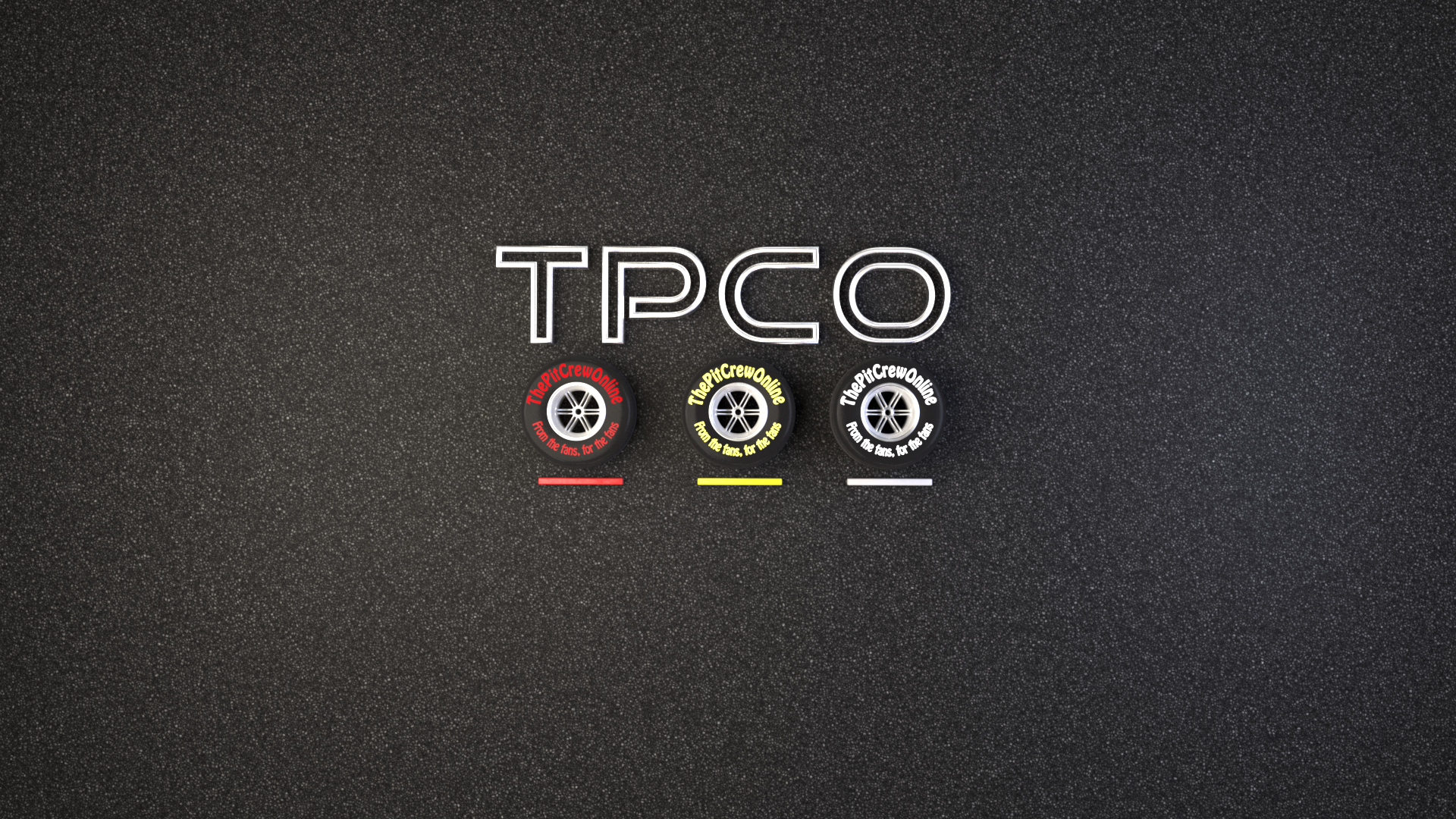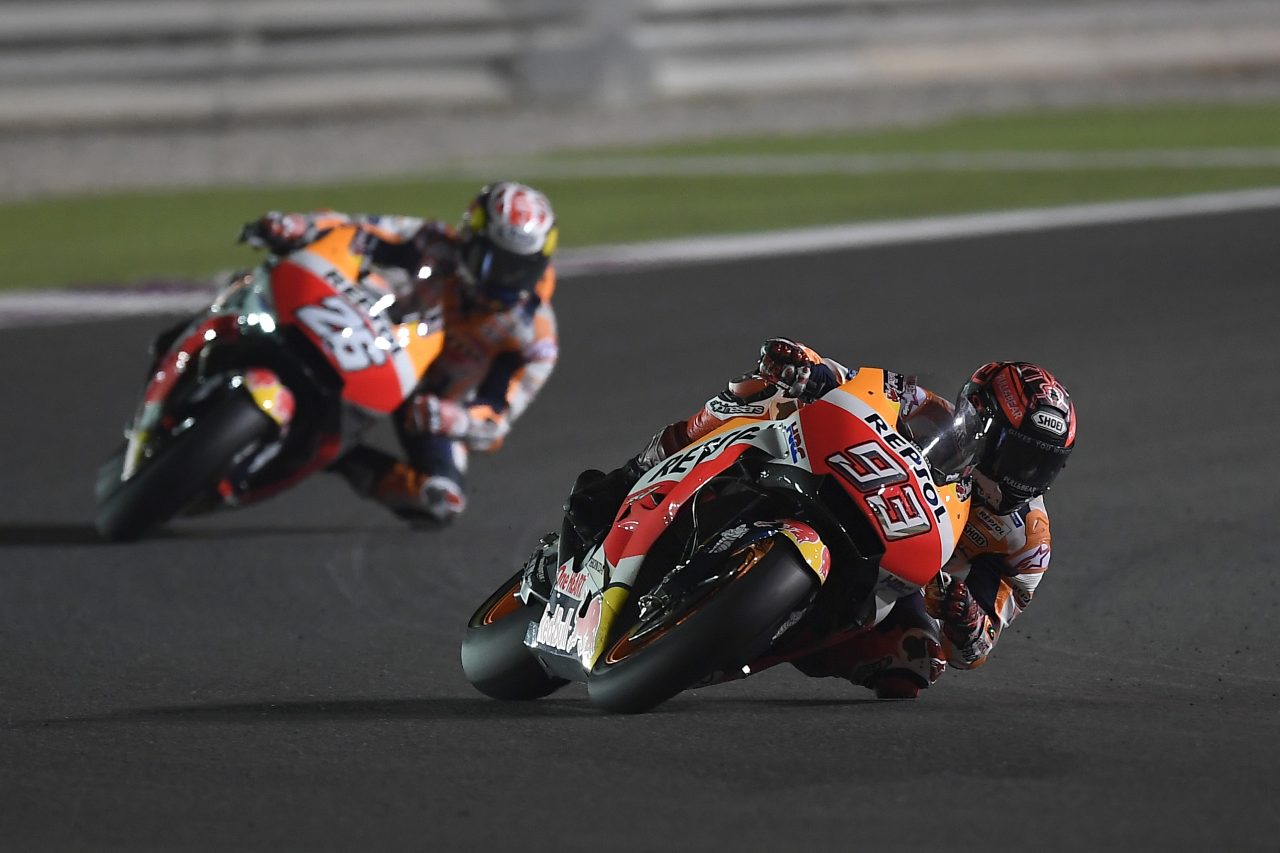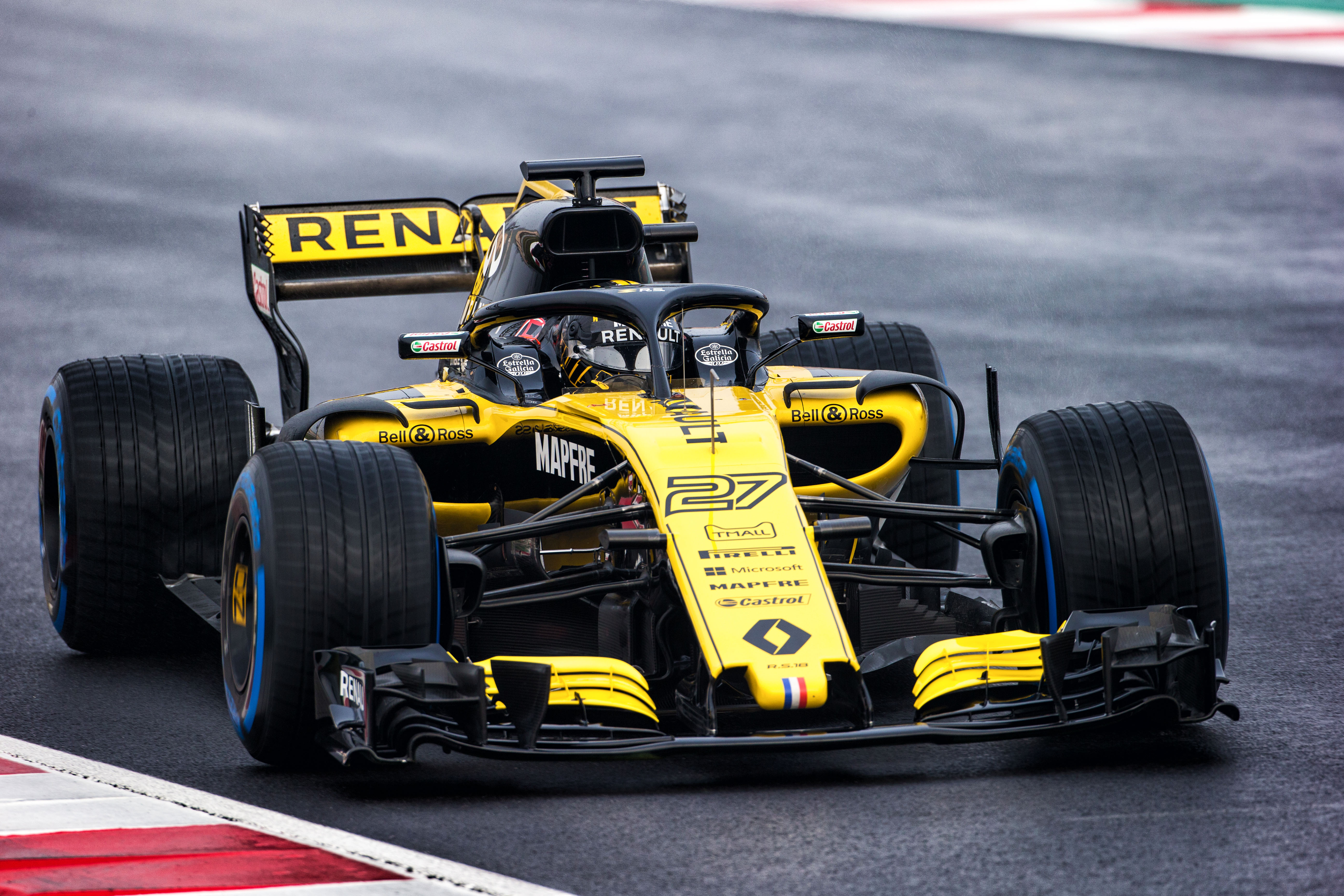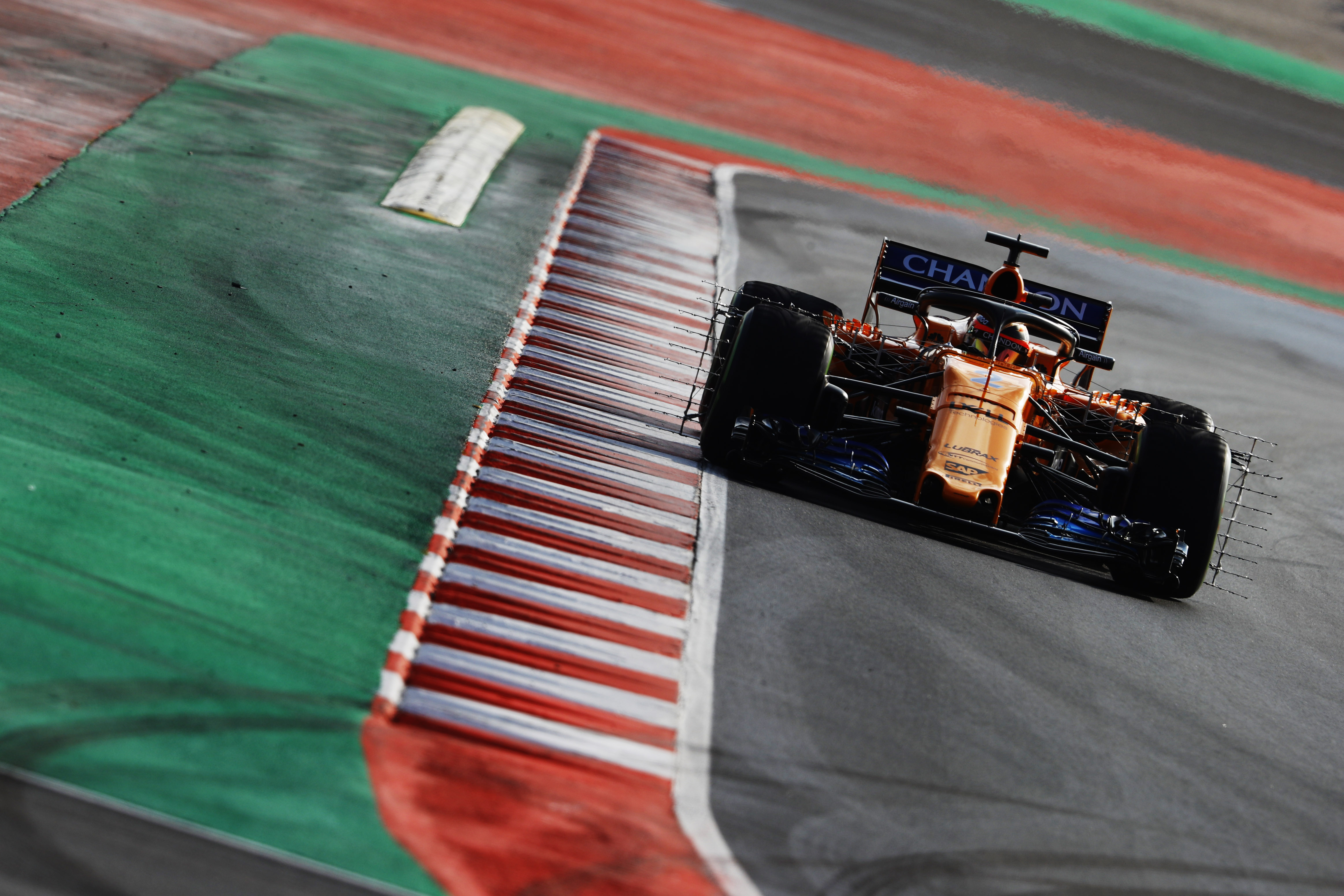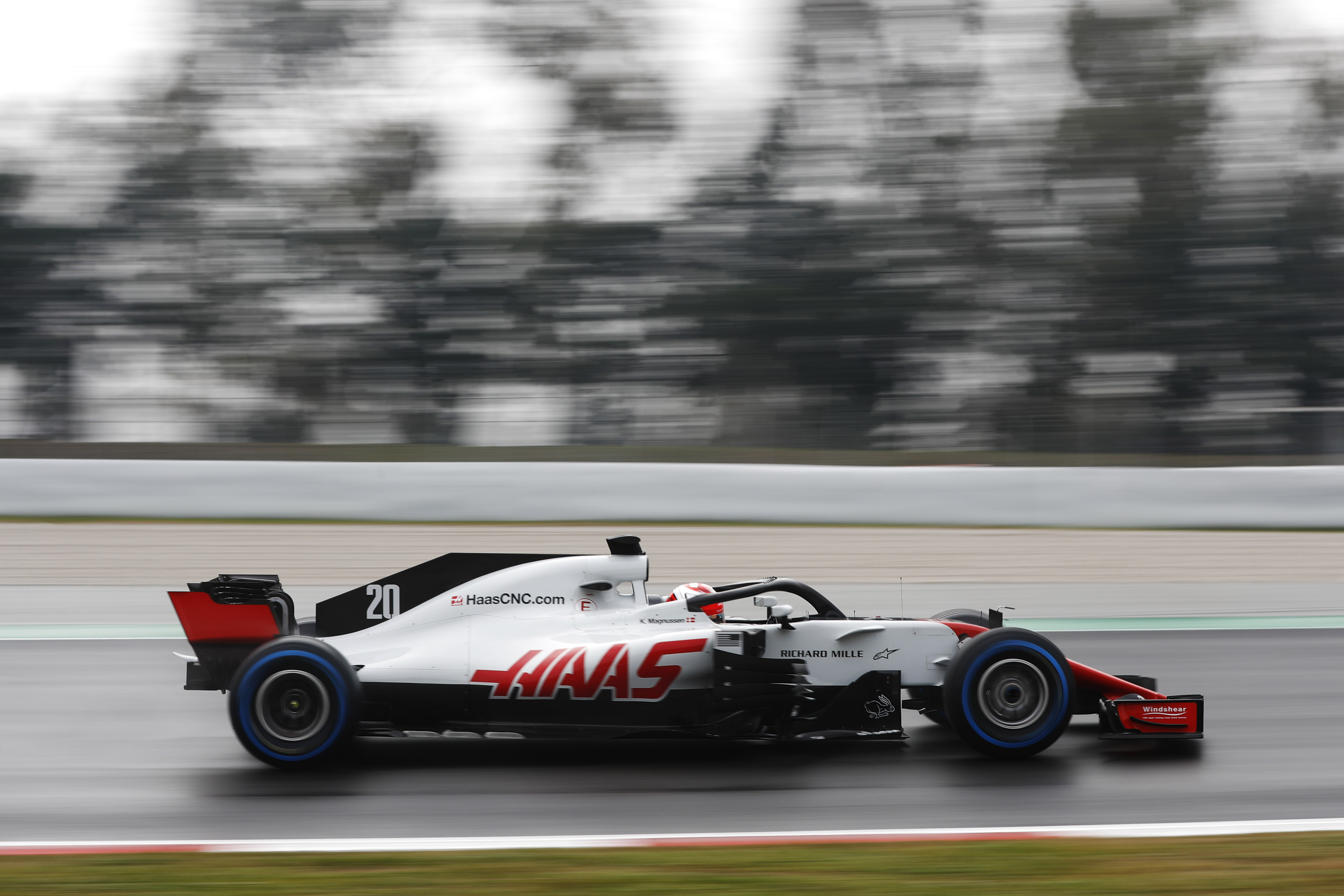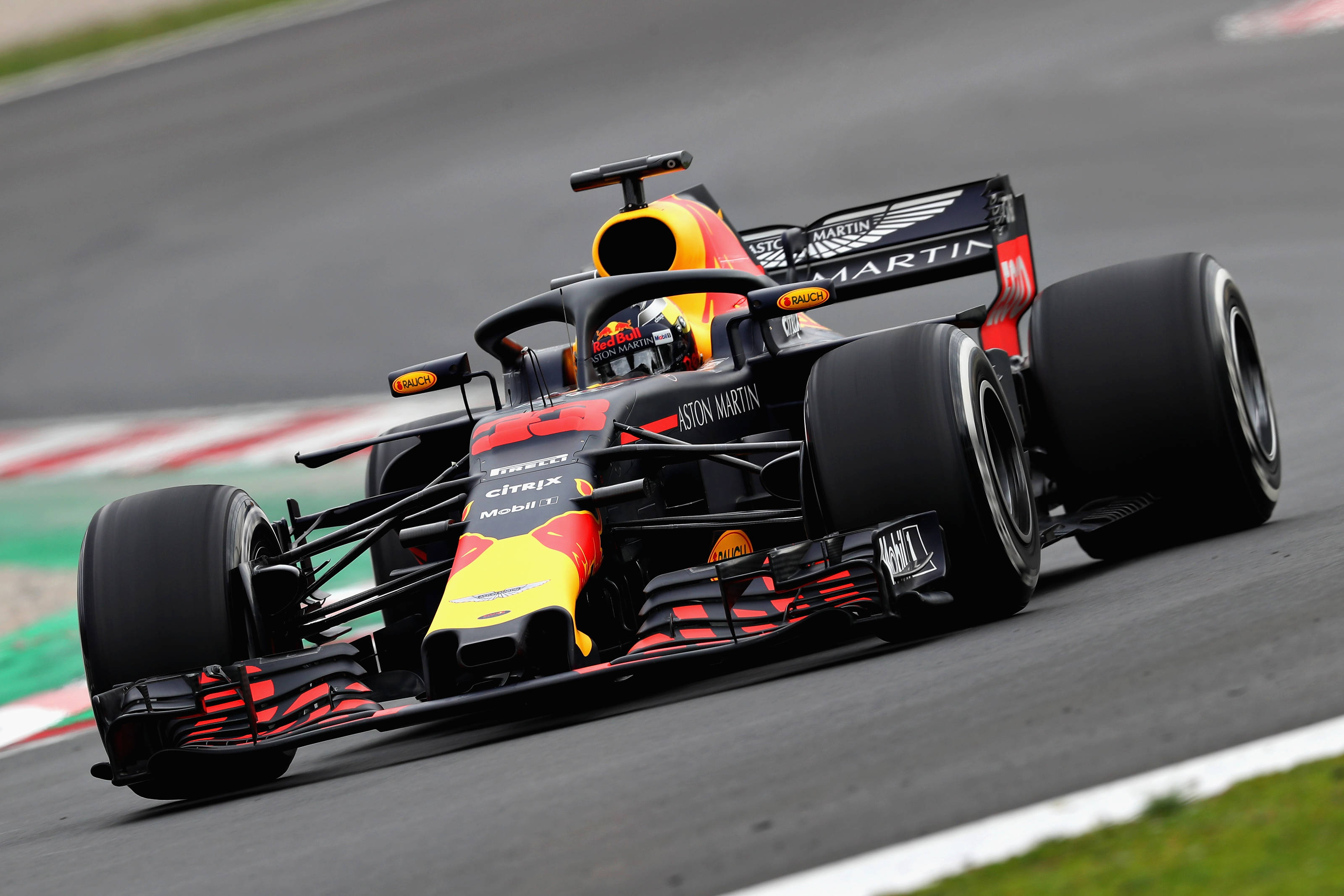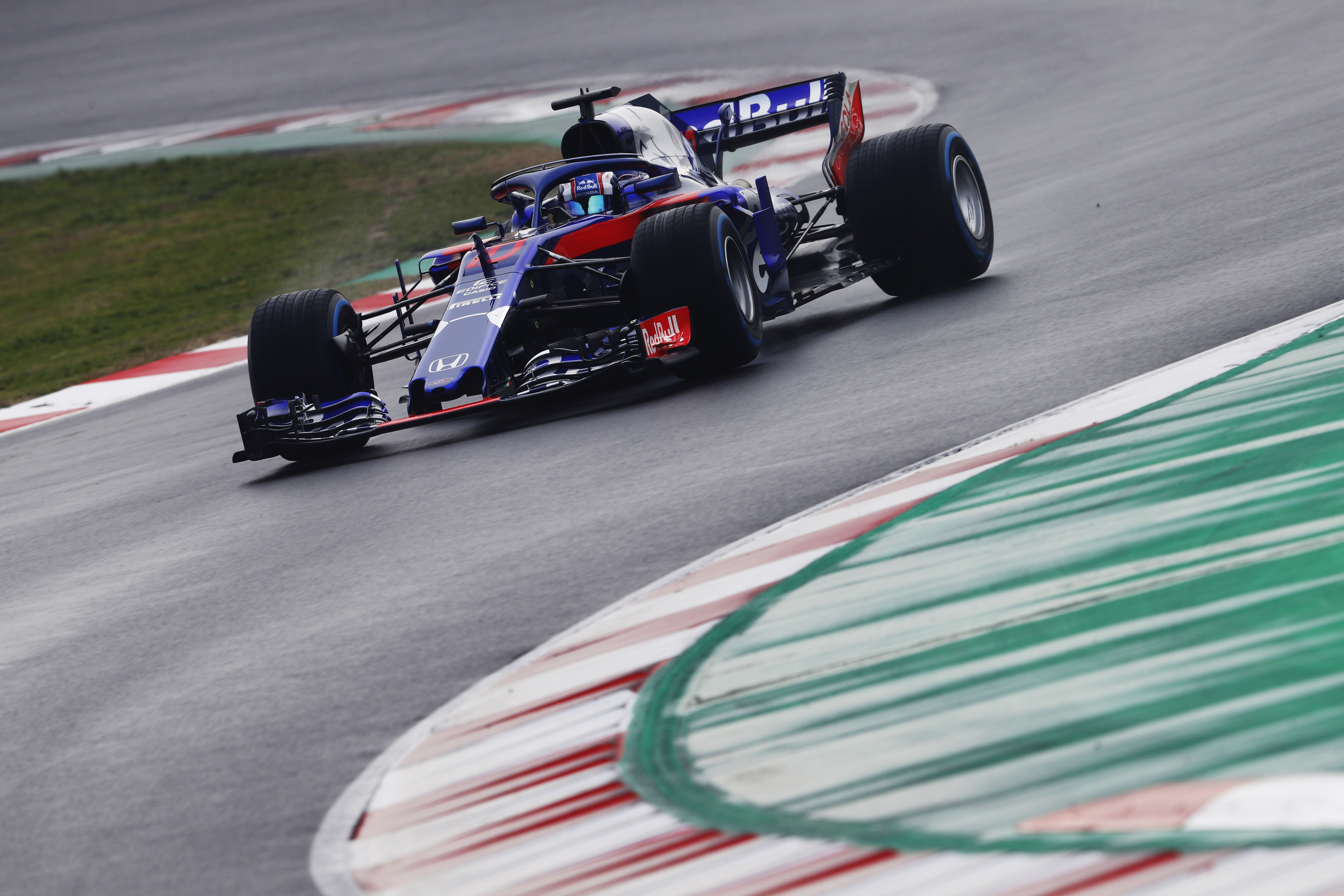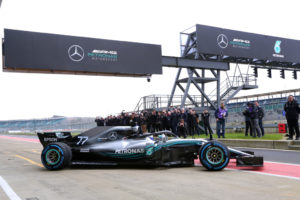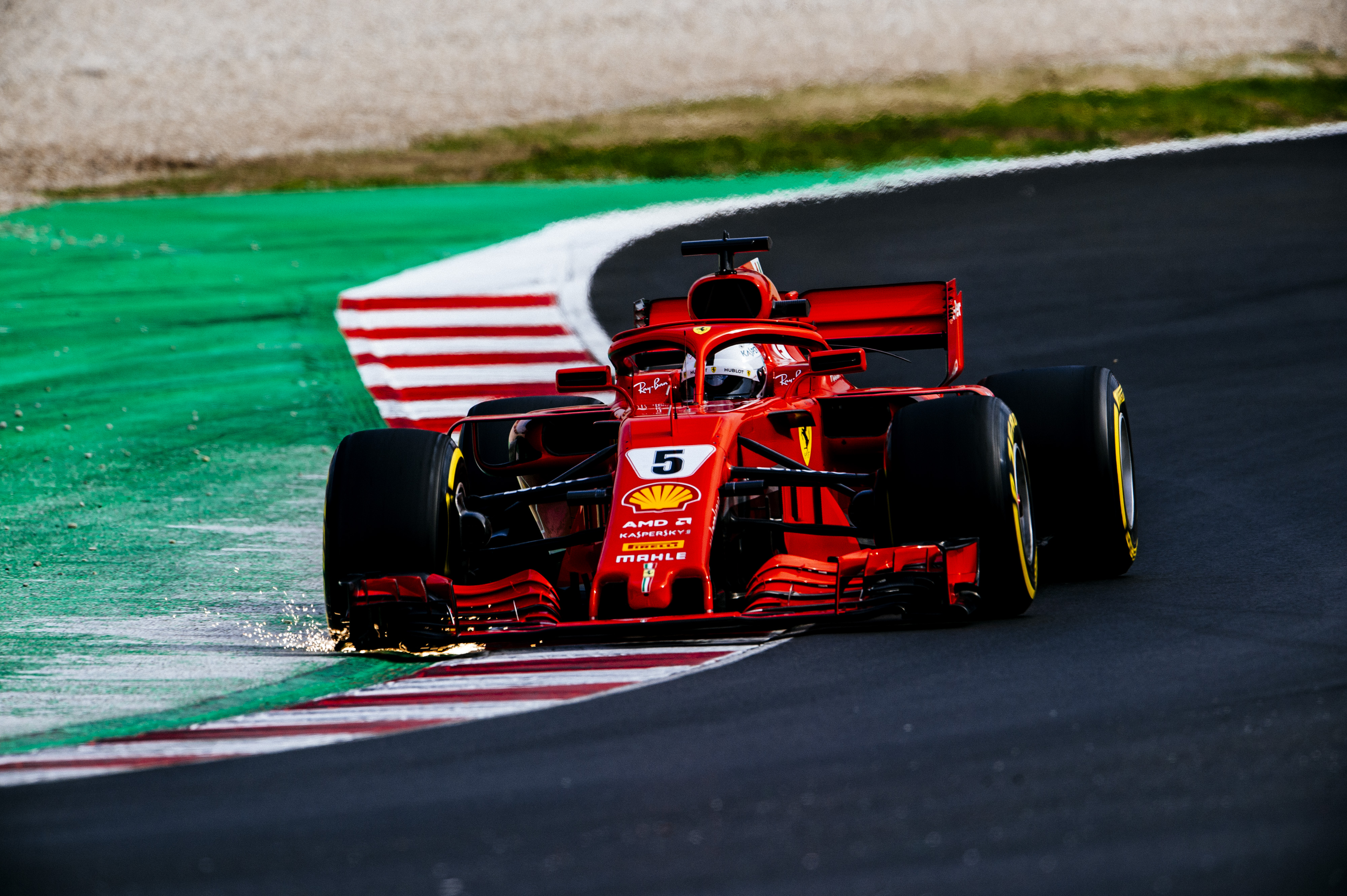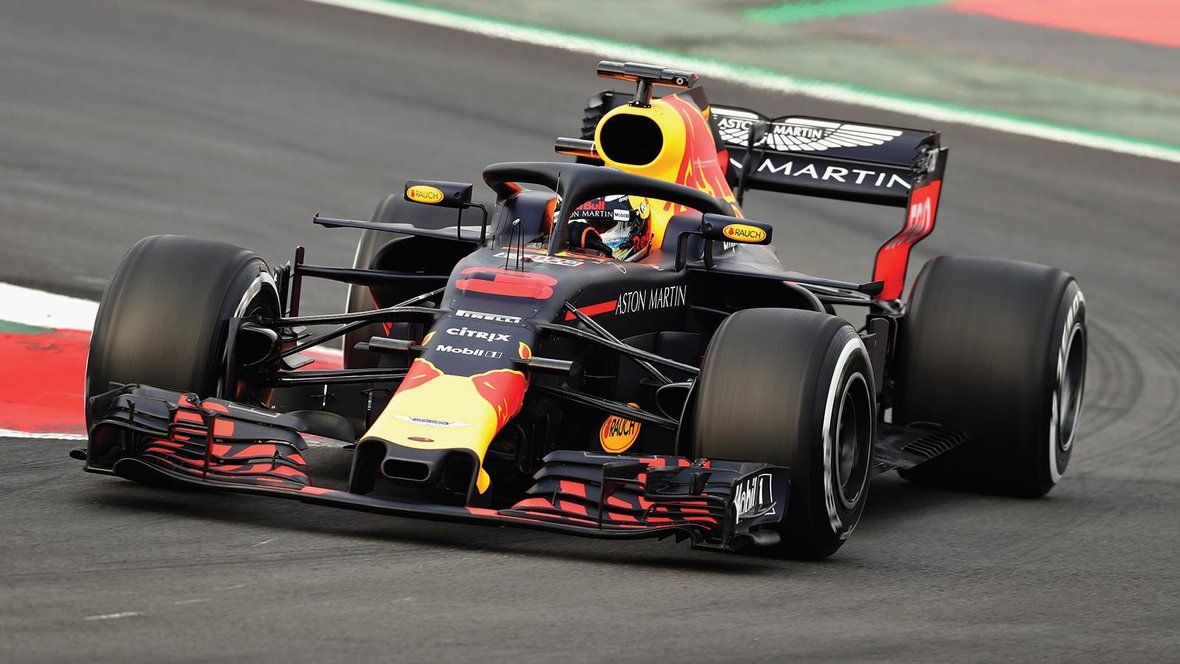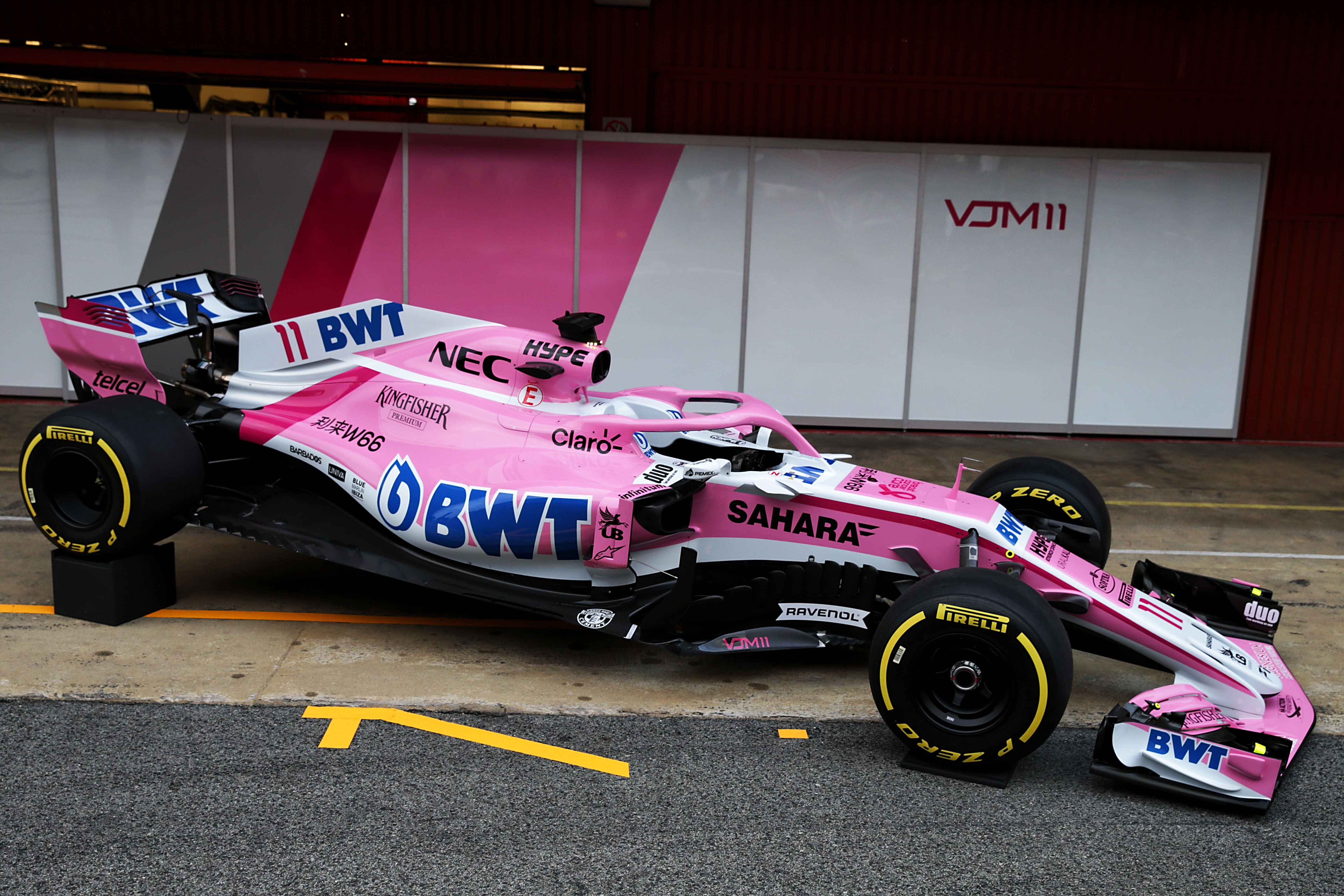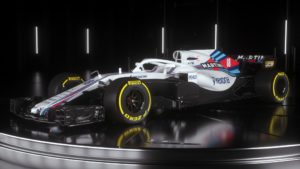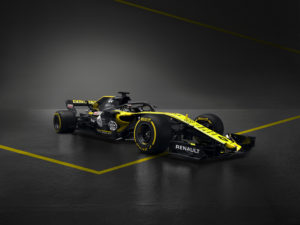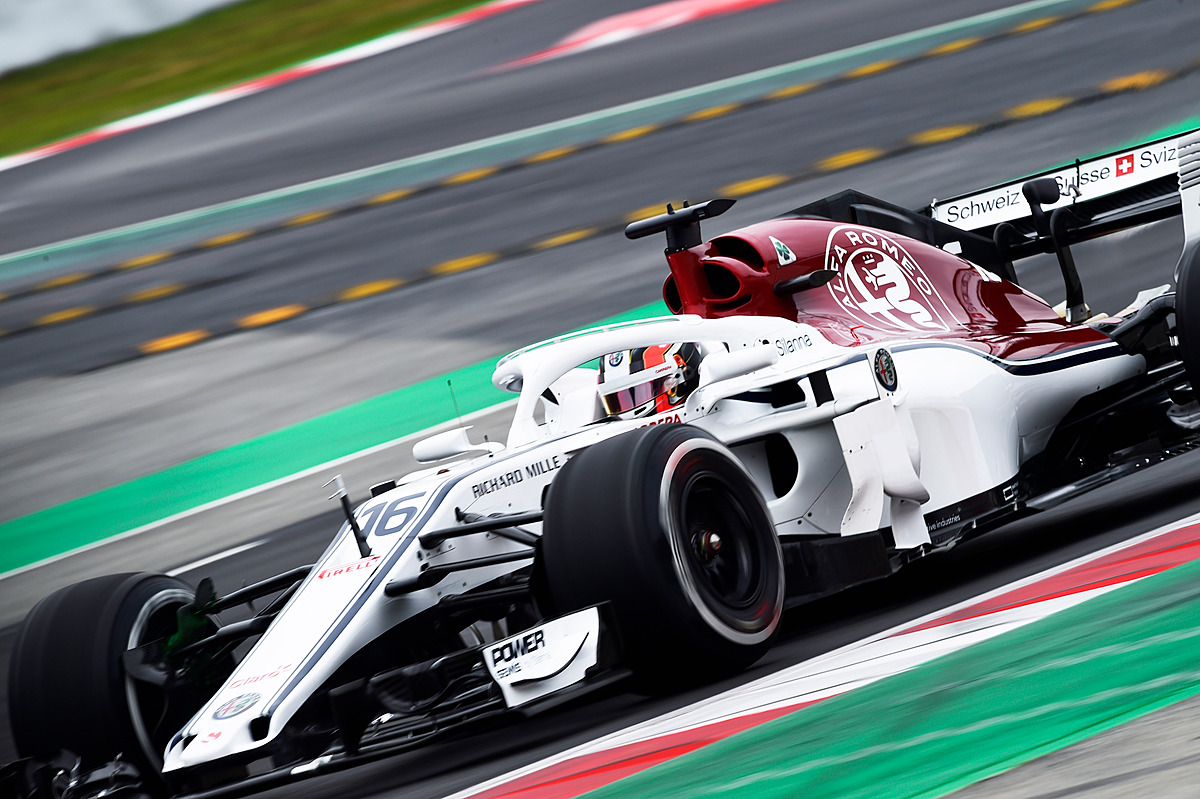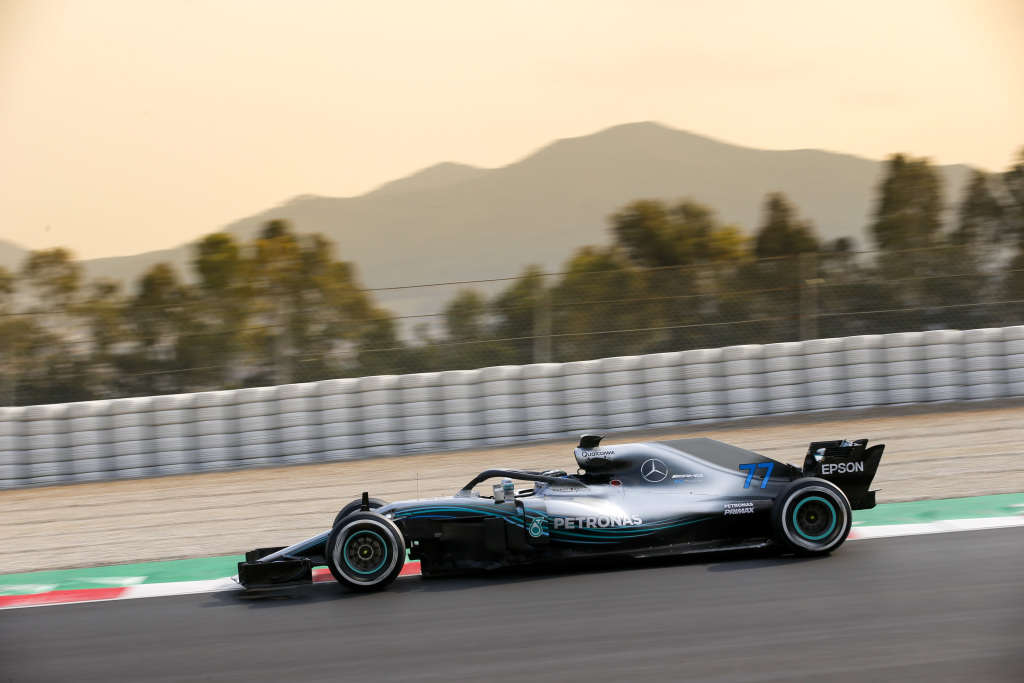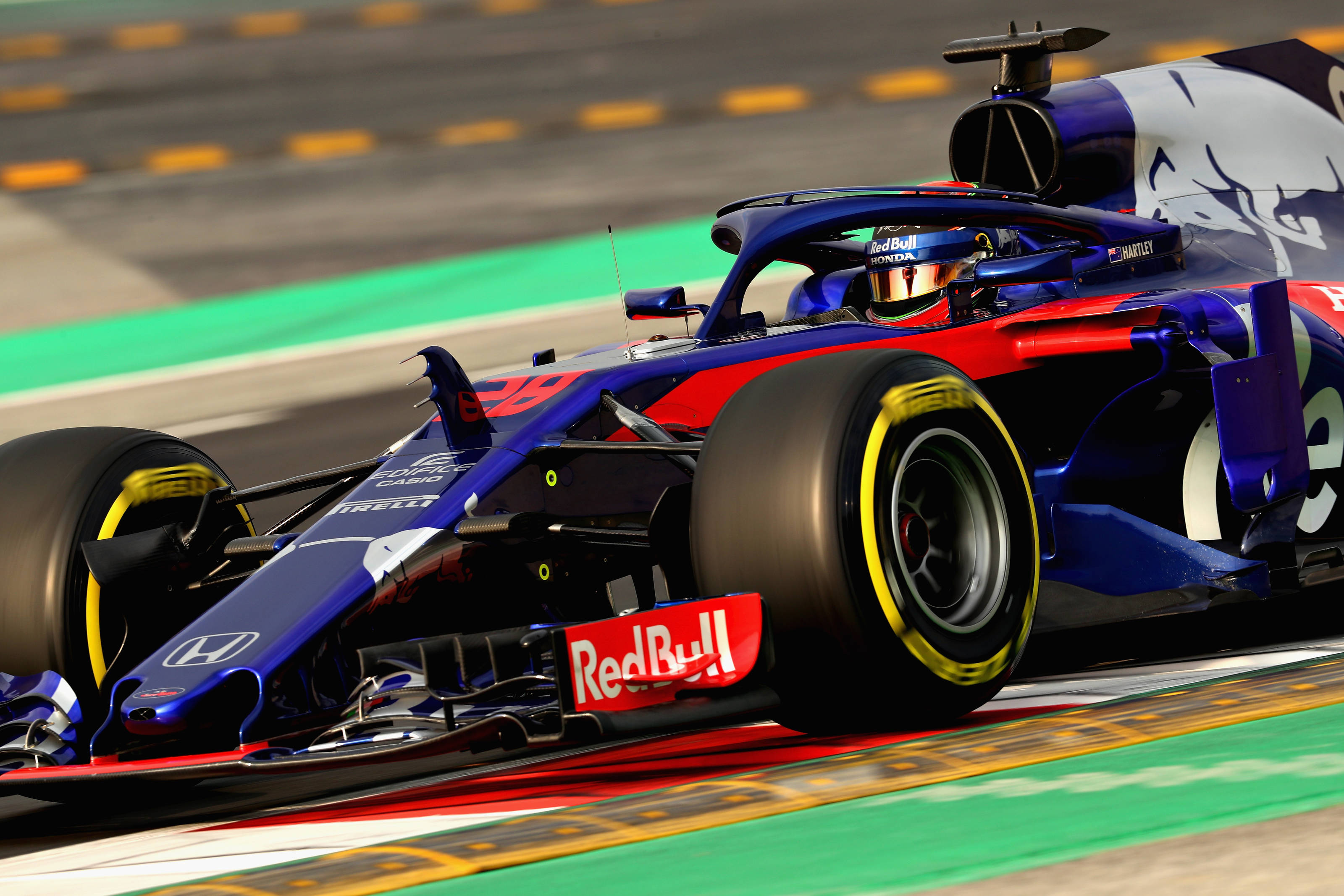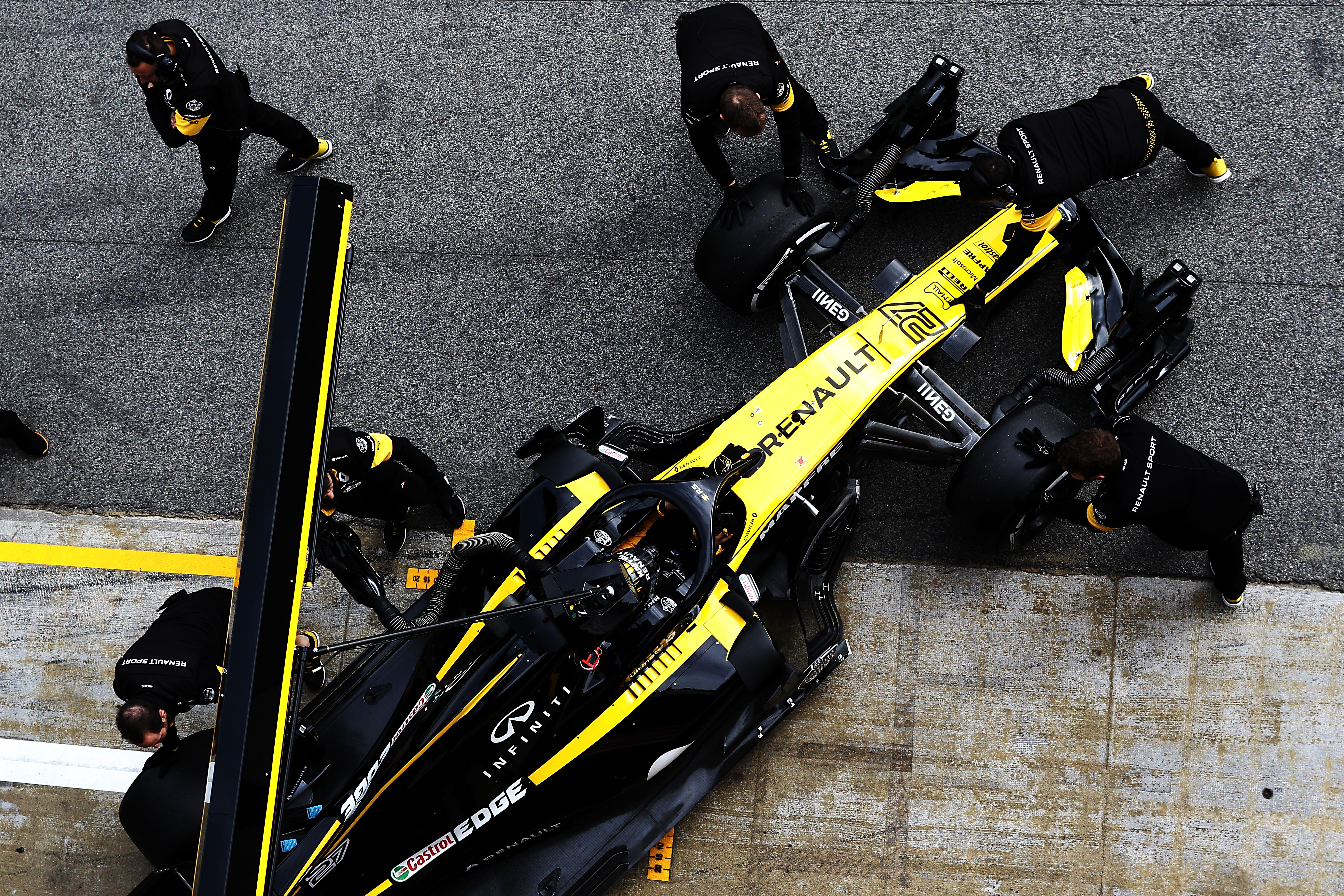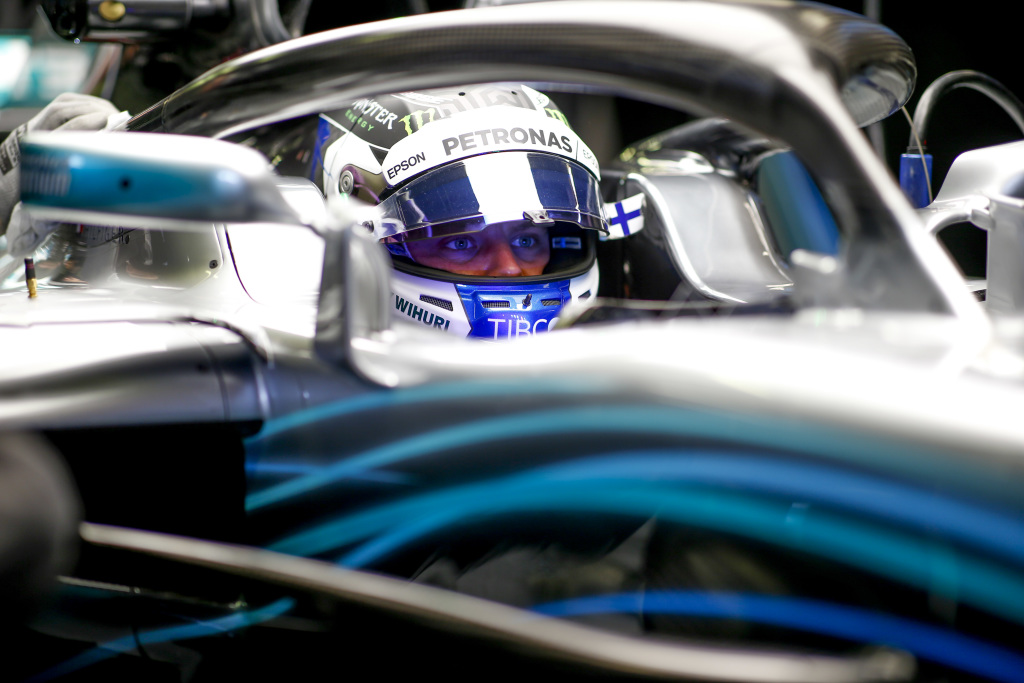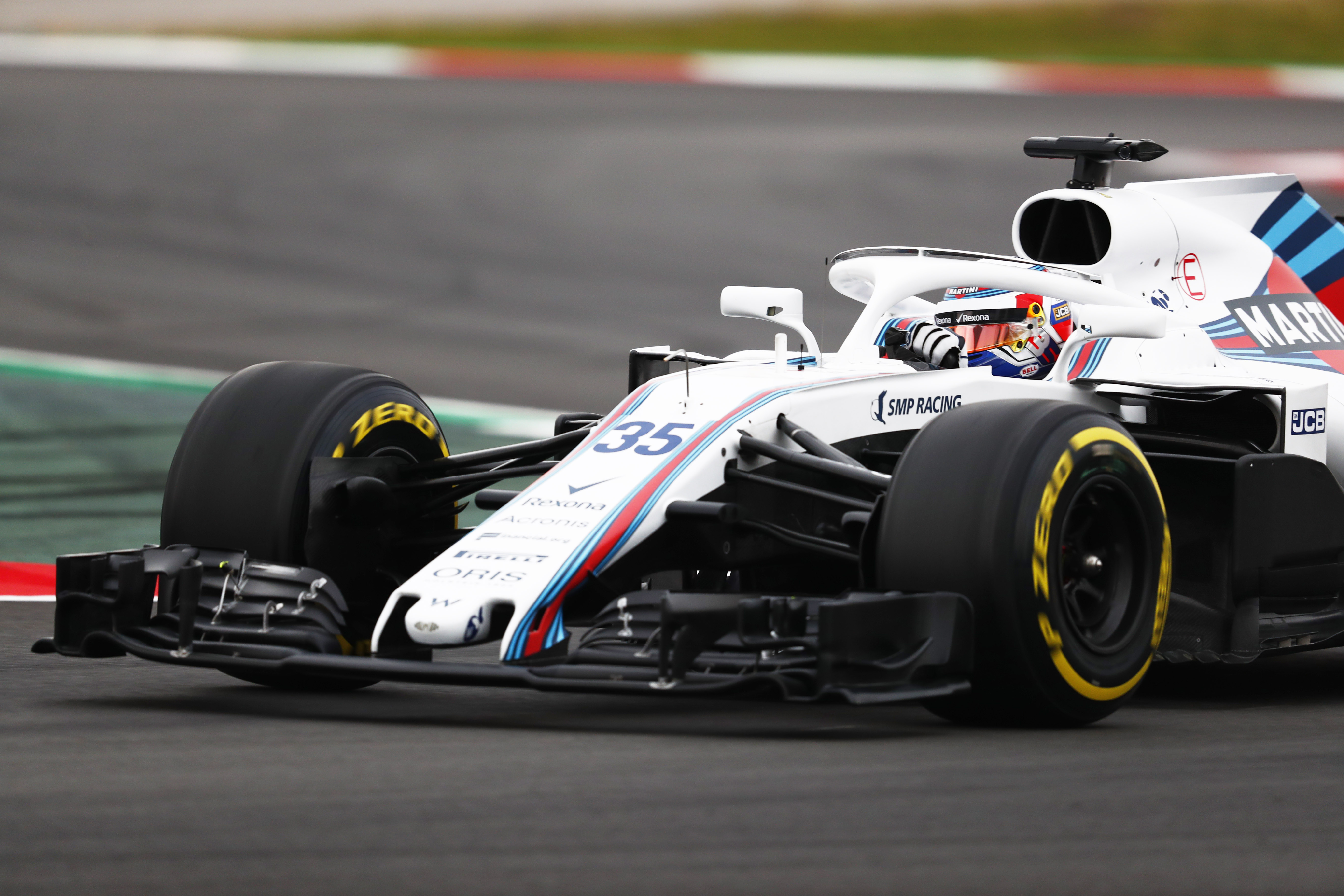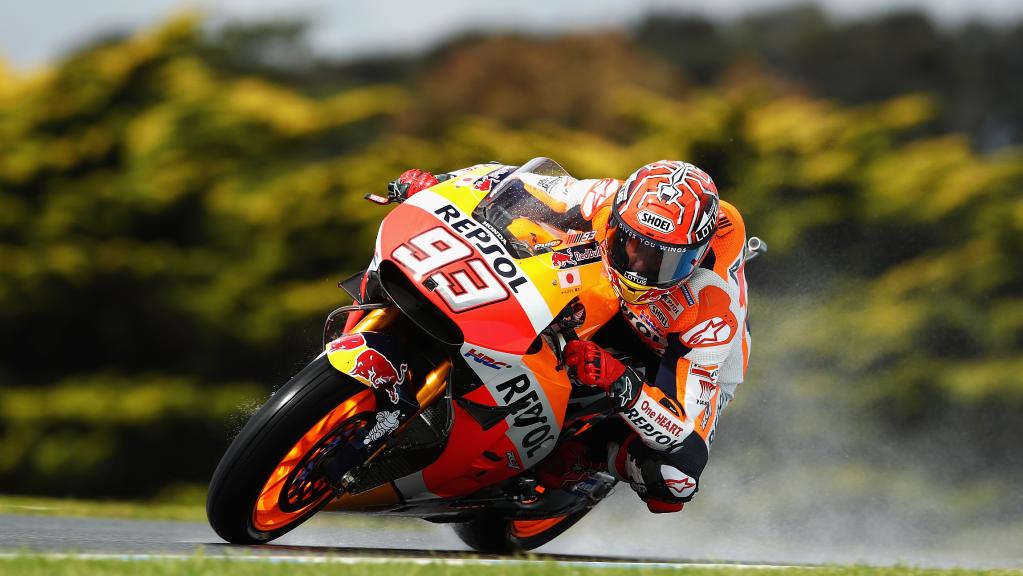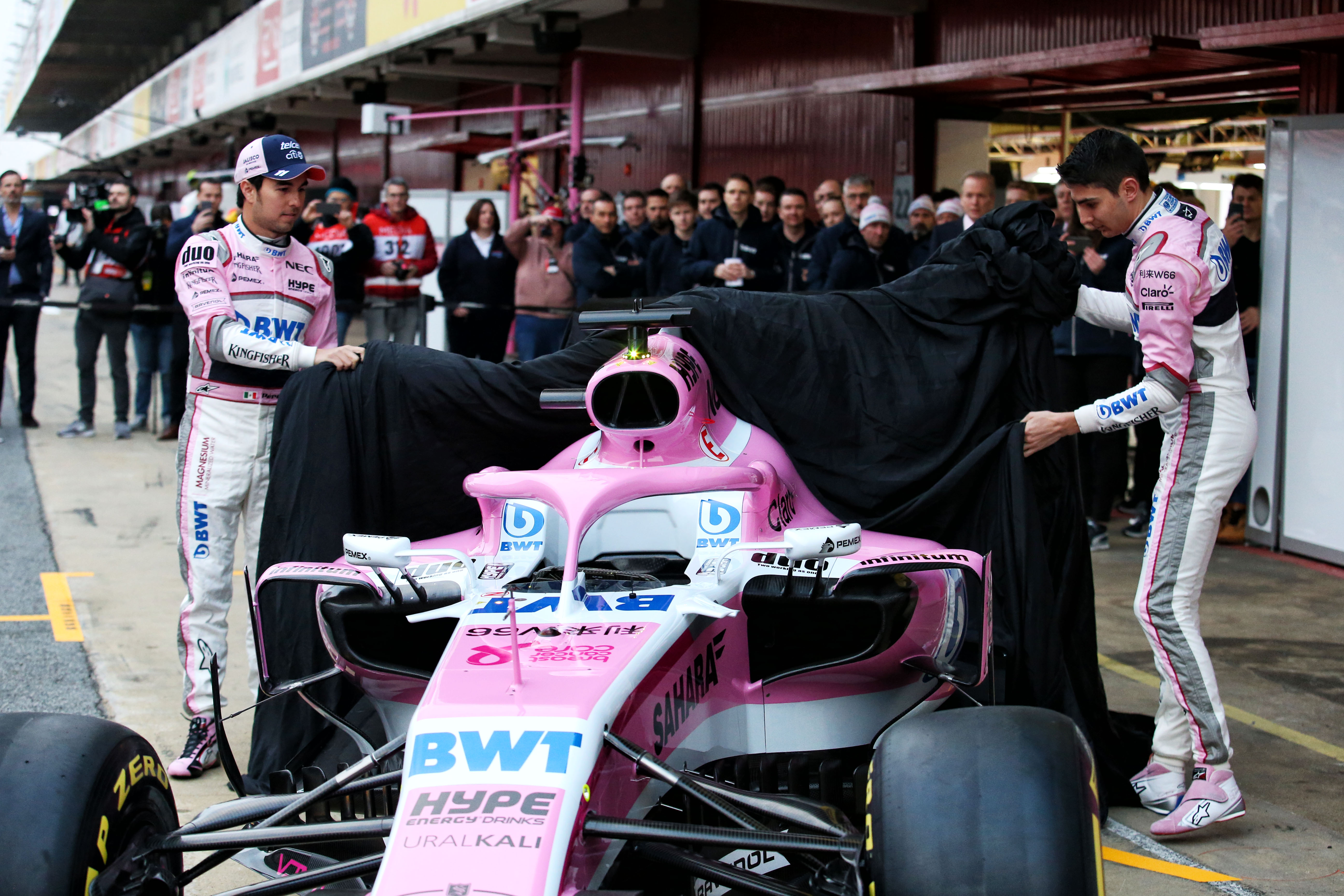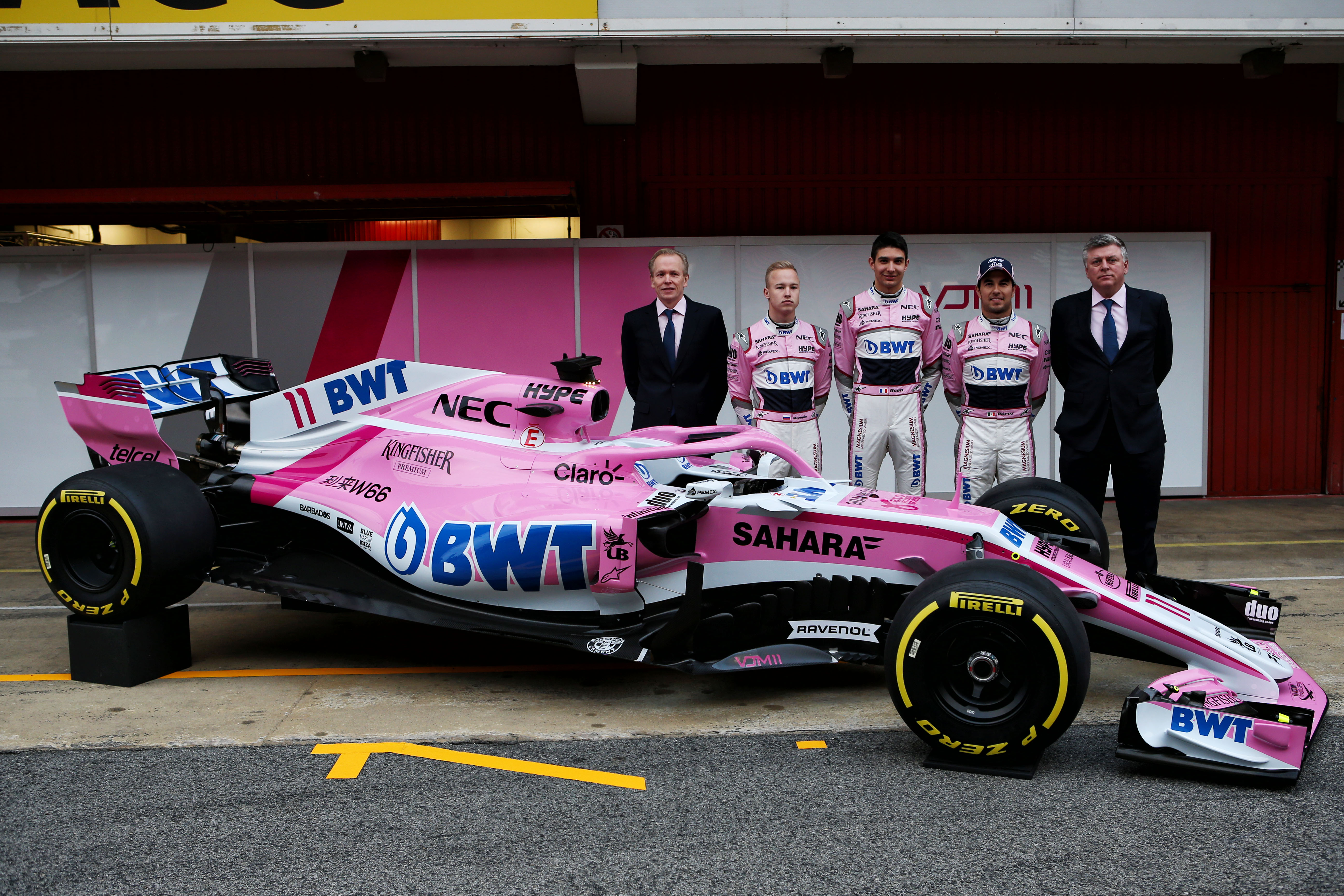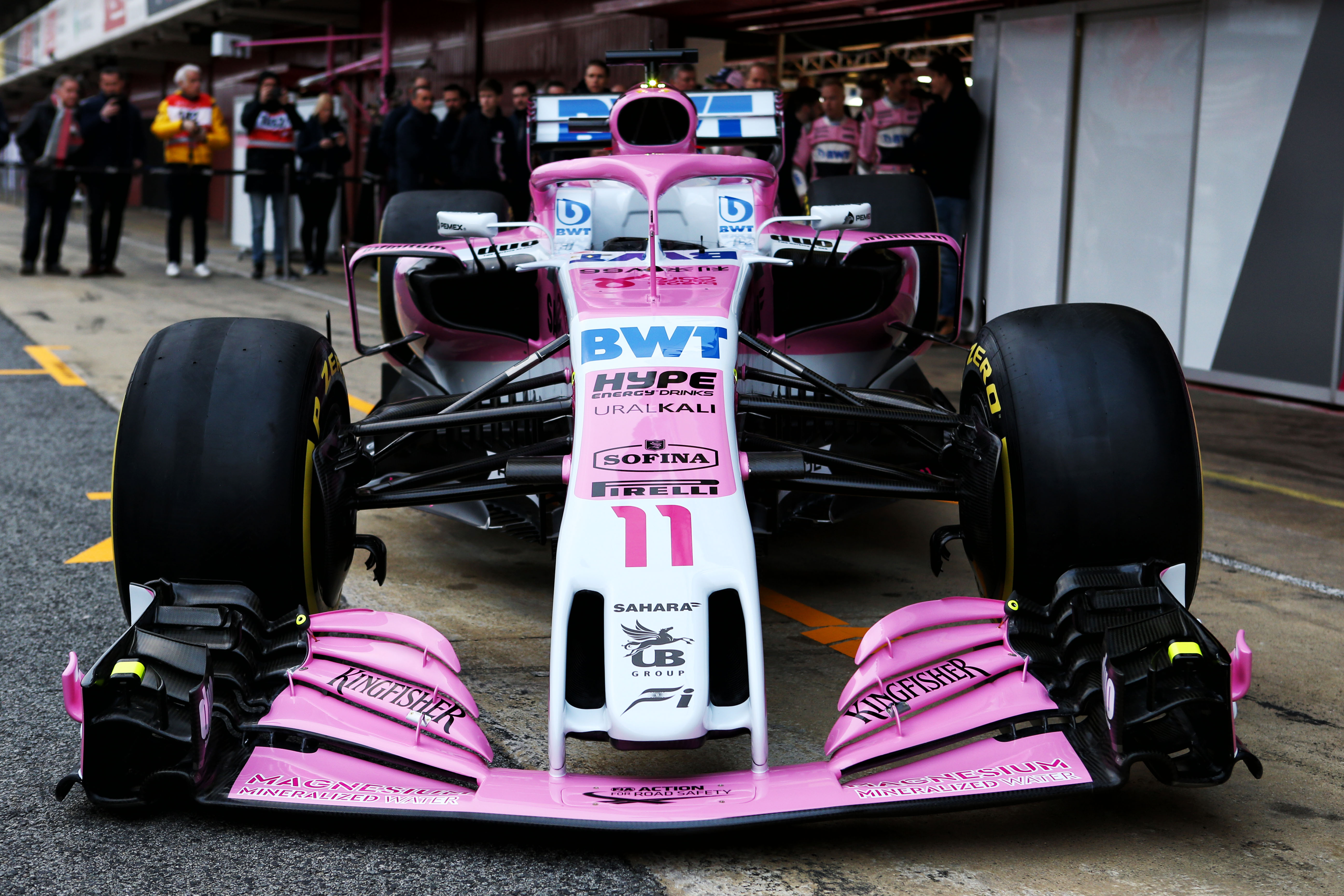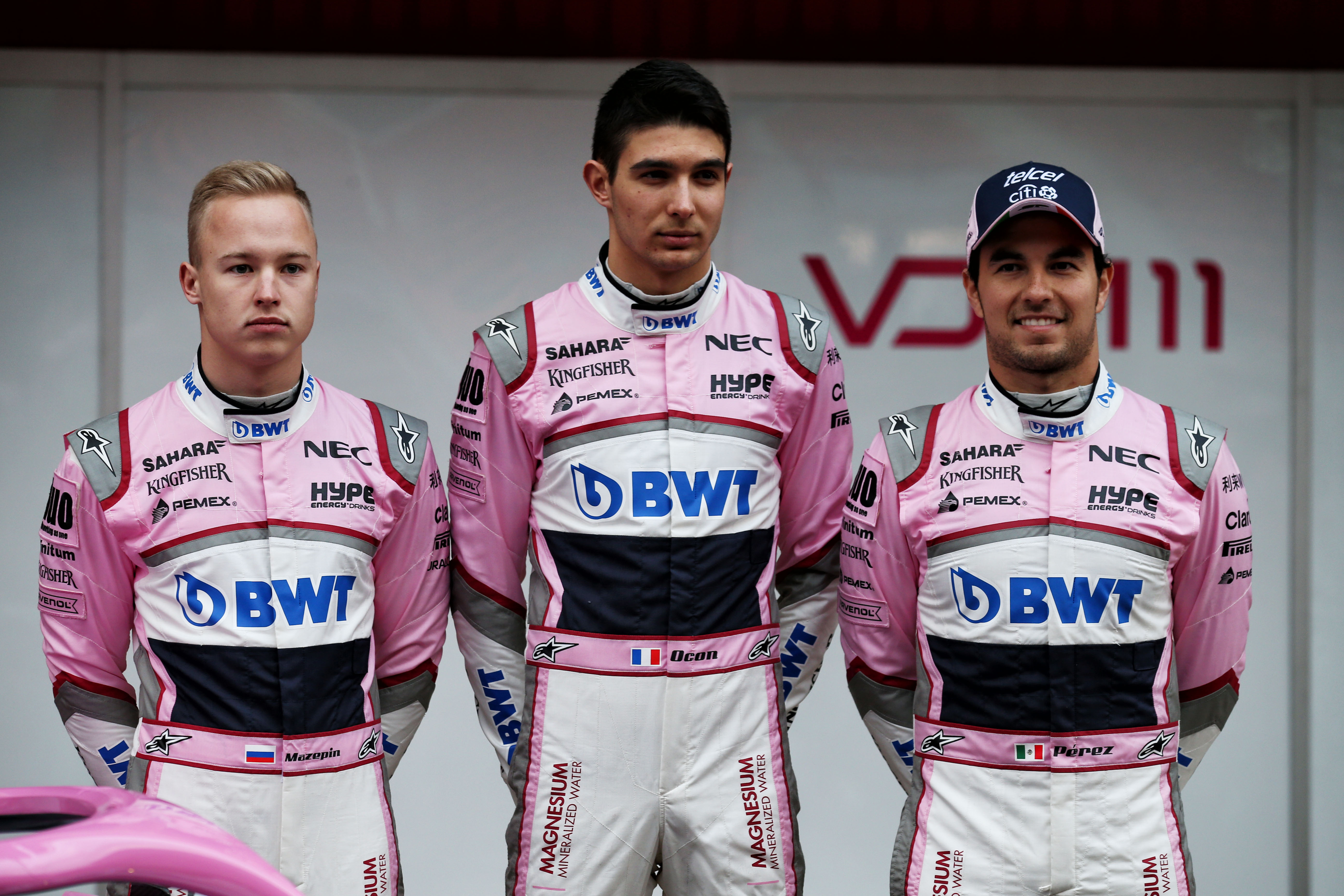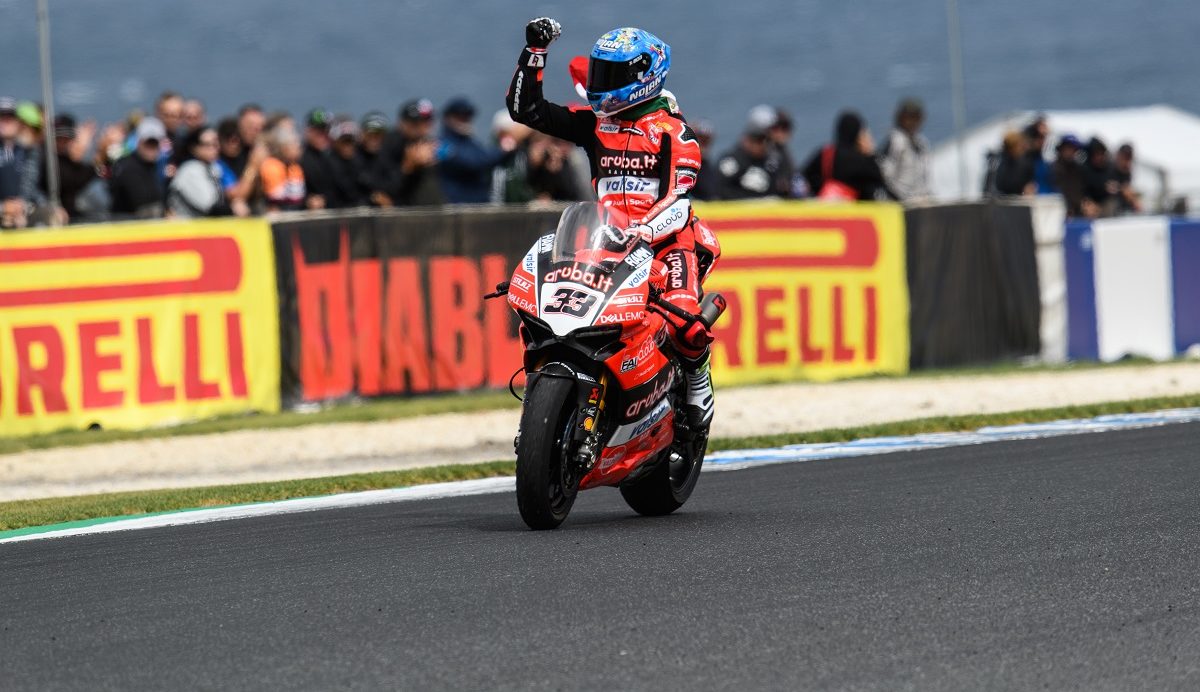
After a strange race one in Phillip Island, where tyre problems were aplenty, the second race of the first round of the 2018 Superbike World Championship was to have a mandatory pit stop, like the Grand Prix in 2013. Each rider was required to stop on either lap ten, eleven, or twelve. Despite this, with Jonathan Rea starting off the front row in second place, with all his main rivals, race one winner Marco Melandri, teammate Tom Sykes and the other factory Ducati of Chaz Davies, back on row three, it seemed almost inevitable that Rea would be victorious. Especially considering he Northern Irishman has never failed to win a race in a Phillip Island meeting since he joined Kawasaki back in 2015.
Sure enough, Rea made the holeshot. He was followed into turn by Xavi Fores, and Eugene Laverty moved into third. But when they arrived at Honda hairpin, Laverty made a huge lunge up the inside of both Fores and Rea to take the early lead, and demonstrate the front confidence he now has in the Aprilia.
Meanwhile, Leon Camier had been passed by Chaz Davies at Stoner’s for fourth. Other than Davies, who started seventh after his third place yesterday, the third row made pretty average starts, with Sykes and race one winner Melandri languishing early on. By the end of lap one, Laverty had an advantage of almost one second, and looked to be checking out, but the battle behind was fierce.
Entering lap two and Camier made a monumental dive up the inside of Fores and Rea for second place, and managed to keep the position despite running wide on the exit. At the same time, Alex Lowes dropped from sixth to tenth, behind Toprak Razgatlioglu, whilst teammate Michel van der Mark was sixth.
On lap three, Laverty high sided on the exit of Siberia, but remounted, albeit at the back of the pack. That left Chaz Davies in the lead, whilst the position swapping remained relentless behind. And by this time, Melandri had started to move through the pack, and by lap four he had made it up to fourth, just behind Rea, until Davies ran wide at Honda, sucking in Fores as he went, and leaving Rea to take the lead.
The position changes of the early laps was indicative of the rest of the race, and incredibly, Laverty was the only casualty from the top ten in the first part of the race.
But by lap five, Davies had gotten himself a few laps at the front and started to stretch the pack a little, and there became a distinct group of nine at the head of the race, with Chaz at its helm, and Alex Lowes at the tail end.
Come lap six and attention began to turn to the mandatory stops which would commence in just five laps time. There was a crash for Jake Gagne on the Red Bull Honda at Honda Hairpin, but he remounted in sixteenth.
As the first riders entered the pits at the end of lap ten, the order of the leading group of, now, eight was: Fores, Davies, Rea, van der Mark, Melandri, Camier, Sykes and Lowes. Those from the front group who stopped on lap ten were: Fores, Rea and van der Mark. These riders would have been hoping that, by stopping early, they could have gotten some clean air, and put in one or two fast laps to hopefully come out in front, and perhaps with a reasonable gap, to the rest of the pack. Added to that was the idea that the undercut (F1 term, meaning the pilot who comes in first has fresh tyres and can make time on those who stay out on worn rubber) would be quite strong due to the high tyre wear at Phillip Island, especially this weekend.
The other five of the top eight pitted on lap eleven. It would have been useful to see the order and the melee as the lap-eleven-stoppers re-joined in the midst of those who had stopped the lap earlier (and this was almost a perfect merge, as the undercut had almost no effect; it did not seem to matter at all whether you stopped on lap ten or lap eleven), but at this moment the director had an absolute nightmare, and decided to show thirty seconds of PJ Jacobsen on the Triple M Honda circulating on his own, as he waited until lap twelve to stop and was thus leading for a lap. When the directory finally got his act together, about a lap too late, the top eight went: Davies from Melandri, Fores, Lowes, Sykes, Rea, van der Mark and Camier. Crucially, though, all the leaders were together after the stops.
Unfortunately, Chaz Davies joined Eugene Laverty in the “crashed out of the lead” club, as he lost the front at MG on lap twelve, leading Fores as the leader of the group of seven at the head of the field.
Fortunately, though, the quality of the racing action did not diminish at all after the pit stops, and the passing continued to be relentless. However, there had become a gap between Sykes in third and van der Mark in fourth. However, after Melandri passed the Dutchman, he dragged both the Yamahas and the Red Bull Honda of Camier back up to the front three, and set himself about Sykes.
With six to go, Melandri used his impressive acceleration, which he carried over from his race one win on Saturday, to pass Sykes at the end of the straight. “The Grinner” nearly ran into the back of the Italian, and ran on a fair way. At the same time, and for a while still to come, Xavi Fores was continuing to look consistent at the front, making no mistakes, and being quick with it. In comparison, van der Mark was beginning to run into tyre woes, and dropped to seventh, as Camier moved to fifth ahead of the other Yamaha of Lowes.
Whilst this was going on, Sykes was coming back to the leading three, and by the beginning of lap twenty, he was back with them, just as the reigning World Champion hit the front. Fores then ran wide at Honda hairpin, allowing Melandri through, and seconds later Lowes eased aside Camier to take fifth.
On lap twenty, it became clear that Melandri was extremely strong in the final sector, as he negated the gap Rea had built up over the previous lap in just the final two corners and the pit straight.
The penultimate lap arrived, and when it concluded, Melandri slipstreamed past Rea to lead over the line, but the Northern Irishman fought back brutally, and with immediacy, at turn one with an outrageous inside dive. The factory Ducati of Melandri then seemed somewhat under pressure from the satellite Panigale of Fores. After the order of the top three remained the same through Honda Hairpin, it seemed that Melandri would be able to slipstream Rea to the line as he did the lap before, but only if Fores failed to pass him at MG Corner. Fortunately for the Italian, Fores was unable to make a pass at MG, and so the number 33 was free to tow the 2017 World Champion to the line to take his first double since Jerez 2014, and he did so by the gaping chasm of 0.021 seconds.
The victory was Melandri’s first at Phillip Island since 2006 in MotoGP – the flag-to-flag affair that left the 2002 250cc Grand Prix World Champion spinning and waving on the exit of the final corner to take victory. On this occasion, Melandri’s Panigale was speed-wobbling all the way down the Gardner Straight, as it had done on many other occasions not only in race two, but in race one as well. This instability was something Melandri had to battle almost every lap down into turn one, and it was for this reason that he understood his only chance to win was to slipstream Rea out of the final corner.
In 2017, Melandri claimed one win in the entire season. So far in 2018, he has already claimed two. Things might have been different if Davies or Laverty had not crashed, or if Rea was not ill, or if Marco hadn’t pushed Sykes wide when he passed him at turn one. However, all of those things did happen, and Melandri rode incredibly, and showed some stellar race craft for the second time this weekend, and ultimately his win was absolutely well deserved, as is his championship lead.
Speaking of championship leads, this is the first time Jonathan Rea has not held the lead of the Superbike World Championship since Qatar 2014, when Sylvain Guintoli clinched the title from Tom Sykes. Still, despite a tyre issue in race one that had him considering retirement (from the race), and a bout of flu, the reigning World Champion heads to Buriram for round two lying third in the championship, only nineteen points off the top spot, and in the knowledge that Kawasaki has not been defeated so far in Thailand.
As for Xavi Fores, he put in a superb performance for third, and might have won had things worked out a little differently. But, as it is, he took third place, and in fabulous style, barely making a mistake in the entire race, and having enough confidence to fight with the likes of the factory Kawasakis and Ducatis. In one way, Fores is like World Superbike’s Johann Zarco – he’s the independent team rider who can beat the factory guys. And, of course, it goes without saying that Fores is leading the Independent championship at the moment.
Tom Sykes took home fourth place. As with Fores, had things gone differently, the Englishman could have found himself one or two places higher. But with things as they are, he goes to Thailand in a few weeks lying second in the championship and looking as comfortable on the Kawasaki as he has done since 2014. In this form, Sykes can challenge for the title, no doubt about it.
The top five was rounded out by the first of the Yamahas: Alex Lowes, who won out in the scrap with his teammate and Leon Camier. Whilst being only a couple of seconds off the win is not so bad, it is possible to say that the Yamaha guys will be leaving Australia slightly disappointed, as it was thought the new technical regulations would favour them the most. As it is, Lowes is worse-off points-wise now than he was at this stage last year. With that being said, Phillip Island can be a misleading track – the high speed nature means that big groups almost always form, and it is possible that some teams and riders can be flattered by this. Of course, that is combined, in this case, with the pit stop, which essentially meant that tyre conservation was irrelevant, and the race was basically two sprint races, and last year one of the strengths of the Yamaha was the way it saved the rear tyre. With this in mind, perhaps we will see both Lowes and van der Mark fighting for the podium at the end of the races in Thailand.
It was a positive race for Leon Camier, as the Brit split the R1s to take sixth. Hopefully for the Red Bull Honda squad, this positive start can be a sign of things to come in 2018, as they look to bounce back from a 2017 which was dreadful at best when it came to on-track performance.
Eugene Laverty looked strong early on. He took the lead at turn four on the opening lap and from there he stretched his lead to 1.5 seconds over the next two laps. He looked comfortable, and that is what made his crash something of a shock. In race one the Irishman finished ninth thanks to front tyre wear issues, and his crash was early enough in race two to mean that we never got a chance to see if he had rectified those problems. What can be said though, is that the 2013 runner-up looked supremely confident on the RSV4 in those early laps, and that has to be a positive sign for the coming races. On the whole, though, Phillip Island has been something of a disappointing round for the Milwaukee Aprilia team, who also lost Lorenzo Savadori from the weekend after a Superpole crash which cost him the chance to race. As such, they only amassed eight points from the weekend. On the positive side, it is difficult to see how it can be much worse in Buriram.
All in all, the opening round of the 2018 Superbike World Championship was stellar, in terms of the racing action, and is hopefully an indicator for the rest if the season. We have understood that Marco Melandri might be able to fight for the championship, and the same can probably be said for Tom Sykes. For the rules, we must wait for some more rounds to pass before we make a judgement, but the first signs are positive.
In one month, the paddock arrives in Thailand, and thee we will get a better understanding of what might await in the 2018 Superbike World Championship.
